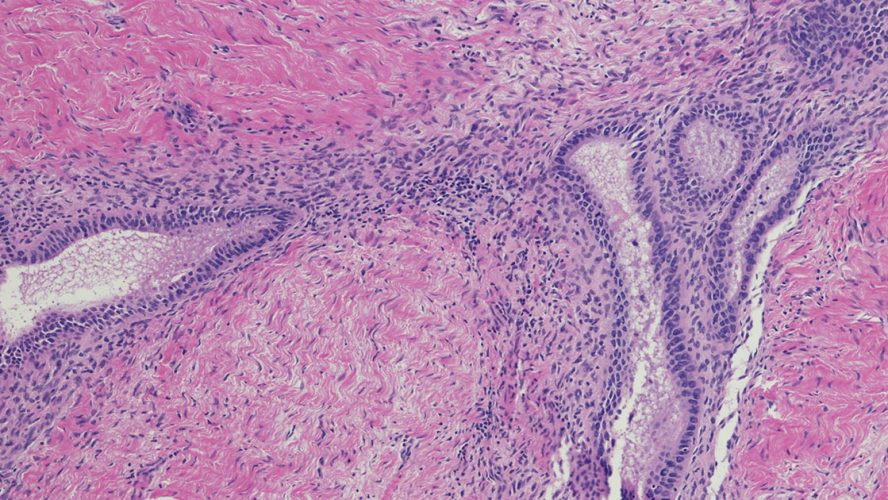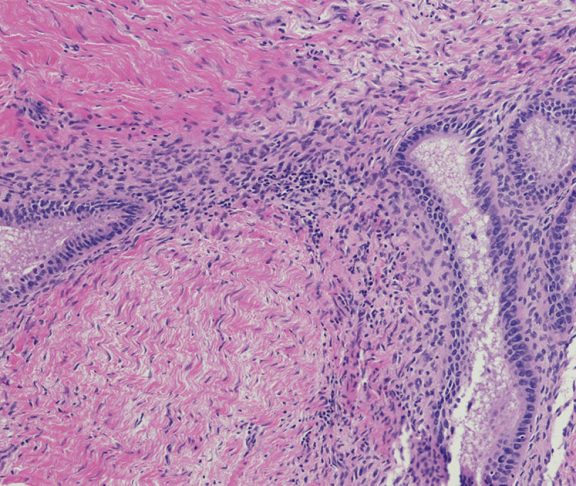
Tamer Seckin, M.D.
Endometriosis Surgeon, Lenox Hill Hospital; Founder, Endometriosis Foundation of America (EndoFound)
Endometriosis is a disease of menstruation. It occurs when tissue similar to the lining of the uterus, or endometrium, migrates outside of the womb, where the tissue should not be. The result is inflammation, as the tissue responds to the monthly fluctuations of a woman’s menstrual cycle.
The disease affects an estimated 200 million women worldwide, and many women often experience a decade-long delay in diagnosis. Currently, the only known cause is a person’s genetic makeup. The disease is highly treatable, although there is no finite “cure.”
The most important thing to understand about treating and managing endometriosis is that managing the disease only treats the symptoms. It does not eliminate the disease.
No alternatives will rid you of long-term pain as effectively as excision surgery. Some supposed treatments (whether it’s managing the disease through synthetic hormones or maintaining a healthy diet) may help to slow the disease growth, but they aren’t going to kill or shrink the tissue that has already implanted inside your body.
The fundamental difference between treatment and management of endometriosis is simply that one manages symptoms, and the other treats the disease — the cause of your symptoms.
Treatment
The “gold standard” of endometriosis treatment is timely intervention by laparoscopic excision surgery. This type of surgery leaves a completely disease-free environment where organs can function properly without scar tissue. The tissue can then be examined under a microscope and confirmed for a definitive diagnosis.
Management
Managing endometriosis focuses on eliminating pain and associated symptoms of the disease, and is not a treatment. Management can consist of using oral contraceptives to halt ovulation and minimize the menstrual flow, thus eliminating the pain associated with uterine cramps. This can temporarily eliminate your pain by stopping your menstrual flow, but it does not remove the endometriosis lesions in your body.
Non-steroidal anti-inflammatory analgesics are preferred, first-line agents for pain. Because of the threat of chemical dependency, opioid-based medications are strongly discouraged for use in endometriosis patients, except for managing post-operative pain as prescribed by a physician.
Hormonal suppression of ovulation and menstrual flow can be key aspects of management, particularly pre-excision surgery, post-excision surgery, and, for some patients, as long-term use if tolerated and desired by the patient. Hormonal suppression should not be considered as a treatment.
Making sure
So why do we suggest alternatives to excision surgery? For several reasons.
One is that not every girl with one or two symptoms of endometriosis should undergo surgery at 13 or 14. It is crucial to first establish the level of pain a young girl is experiencing, and whether that pain prevents her from performing well in school, extracurriculars, or social engagements before surgical intervention occurs. These young girls should be encouraged to keep a pain diary, where they document their menstrual cycles, and subsequent pain or discomfort.
Furthermore, they should take birth control pills. The good news is that many adolescents benefit from the use of oral contraceptives for many years, as the pill controls the progression of the disease. Many who take the pill will not require surgery in the future. Surgical intervention should only be considered if the pill does not help after a few years of management.
Another reason we suggest alternatives to excision surgery is that not every woman can afford it. Some don’t have health insurance. Others do, but it doesn’t always cover as much as they need it to cover. Some women will manage their disease with alternative therapies until they can acquire proper healthcare coverage.
Some women are afraid to have invasive surgery and want to exhaust all avenues for treating symptoms. There are also women who have recently gone through a pregnancy or have had multiple endometriosis surgeries and, for now, want to give their bodies time to heal.
For more information, please visit https://www.endofound.org/

